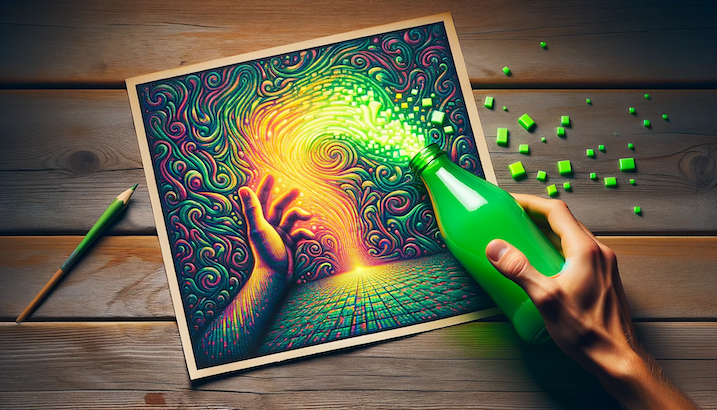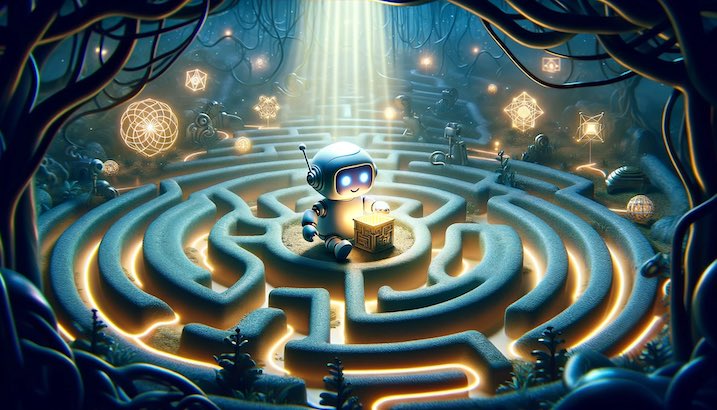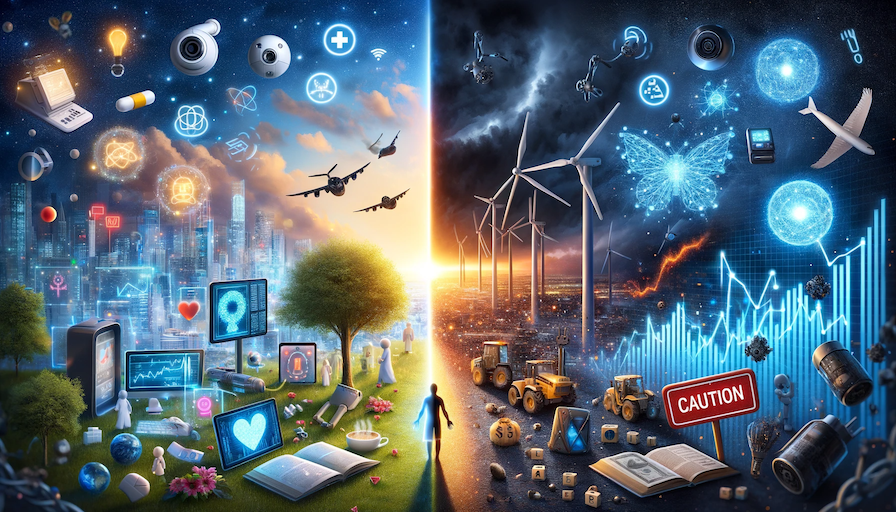
Nightshade: Sabotaging the Data Set and Protecting Artistic Vision
Artificial intelligence (AI) has etched its mark across a broad spectrum, with the creative sanctuary of artistry also feeling its touch. Nightshade, a novel concoction from the minds at the University of Chicago, crafted with the intent to shield artists from the unsolicited overtures of AI. This tool messes with the training data of AI models that often steal artists' work online without asking. It changes the pixels (tiny dots that make up a digital image) of digital artwork in a way that we humans won't notice, but AI will. When AI models use these 'poisoned' images, they end up creating weird or nonsensical outputs.
The problem here is something called AI scraping, where AI models go on a data-collecting spree on the web, often taking artists' work without permission. This stolen data is then used to train AI models to create new art. This cycle not only ignores artists' rights but also floods the art market with AI-generated pieces, which could make original human-made artwork less valuable.
The arrival of Nightshade is timely. Artists and big AI companies are in a tug-of-war over copyright issues. Big names like OpenAI and Google are already facing legal trouble from artists claiming they've infringed on their copyrighted material and personal information. By messing up the training data, Nightshade aims to give artists a fighting chance against unauthorized data scraping.
But Nightshade isn't alone. It's part of a bigger toolkit, which includes Glaze, another tool that protects artists' unique styles from being copied by AI models. Both Nightshade and Glaze mess with the pixels of digital images, although in slightly different ways, to stop AI scraping in its tracks.
The impact Nightshade could have on AI-generated art is huge. By making hidden changes to their digital artwork, artists can confuse AI models in unpredictable ways. Nightshade's data poisoning technique significantly messes up the AI models, making them create flawed and useless outputs. For example, an AI model trained on poisoned data might create images where dogs look like cats or cars look like cows.
Nightshade also encourages teamwork. It's an open-source tool, meaning anyone can use or modify it. The more people use Nightshade, the stronger it becomes in fighting against AI models collectively. This united effort could lead to a fairer digital art world, where artists' rights are respected, and the unauthorized use of their work is stopped.
Nightshade highlights a bigger story – the growing struggle between human creativity and machine learning's (a type of AI) never-ending hunger for data. The tool exposes the weak spots in current AI models, especially their heavy reliance on loads of training data, which can now be used against them to lower their effectiveness. This clash between artists and AI companies is a sign of the larger ethical and legal challenges ahead as AI continues to weave into different parts of our lives.




